I have spent many late nights researching how to apply lash extensions at home. I felt excited, yet I worried about safety and results.
Doing your own eyelash extensions can lead to eye irritation and lash damage if not done correctly. A professional lash artist has special training and tools that minimize these risks.
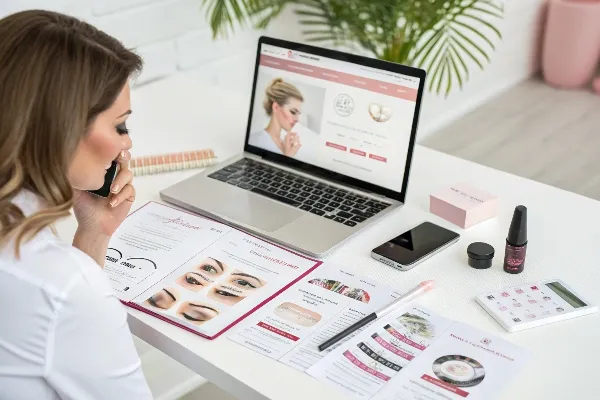
Years ago, I tried to apply my own extensions with a bulky drugstore kit. My lashes clumped together, and I ended up with red, irritated eyelids. Since then, I have learned that professional application not only looks better but also helps protect my delicate lash line. Let me explain why it matters and how each aspect of eyelash extensions affects our natural lashes, longevity, and overall appearance.
I recall my first salon visit. The stylist assured me that one session would not destroy my lashes. I was still scared, imagining bald eyelids.
One set of properly applied extensions1 will not permanently harm your natural lashes. Issues arise when lashes are too heavy, isolation is poor, or removal is careless.
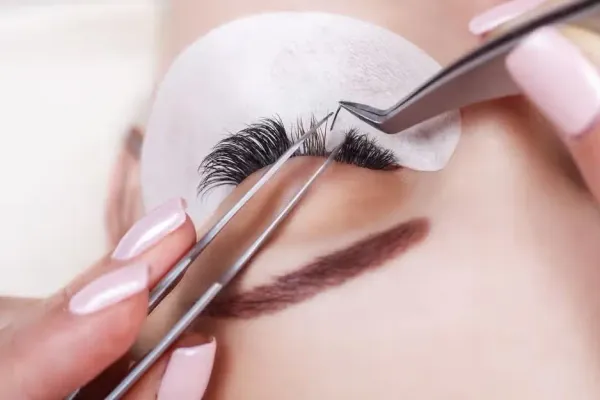
I want to examine the common assumptions about lash extensions and how they relate to natural lash health. I have seen clients panic when they notice a few natural lashes falling out, worried they are losing them permanently. However, lash shedding is natural. We lose a few lashes almost every day. When extensions are added, those lashed areas might be more noticeable when they shed.
In reality, my experience has taught me that our lashes go through cycles. If extensions are not too heavy and are applied correctly, they will fall off with the natural growth cycle without excess damage.
Below is a simple overview of factors that cause real damage, compared to normal shedding:
| Factor | Actual Damage or Normal? |
|---|---|
| Excess Adhesive | Actual damage: clumps lashes together, leads to breakage |
| Overly Heavy Extensions | Actual damage: puts strain on the root, can cause premature shedding |
| Normal Lash Shedding (2-5 lashes/day) | Normal: part of the natural lash cycle |
| Proper Extension Weight | Normal: will likely shed with no permanent harm |
| Smooth Removal Process | Normal: helps avoid unnecessary tugging on natural lashes |
I saw one extreme case where a friend tried DIY mega-volume fans without training. She used inappropriate glue, causing her eyelids to itch. Some lashes broke off when she tried to remove them hastily. That experience showed me that technique matters. A single session done by a skilled professional is unlikely to ruin your lashes. But a single botched application at home can cause damage. The difference is skill, lash weight, and careful removal.
I believe if you do not overburden your natural lashes and follow aftercare instructions, your lashes can stay healthy. I also advise gentle cleansing and minimal tugging. For me, patience is key. If you notice irritation, seek professional help. My takeaway: a single session done right will not doom your lashes forever.
I used to wonder why some friends go weeks before needing a fill, while others experience faster drop-off. I learned that personal lash cycle2s and extension type play major roles.
Volume extensions tend to last the longest. Lightweight fans attach securely and keep a full look, even as individual hairs shed.
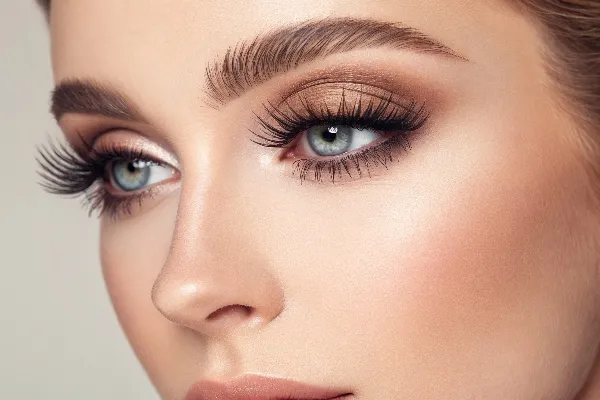
When I studied different lash types, I discovered that choosing the right extension can make all the difference in how long they last. It’s not only about the actual material, but also about technique, lash adhesive, and how well they bond to your natural lashes. Volume lashes often stay put because their lightweight nature reduces strain, and they provide coverage even if a few fans shed.
Hybrid Lashes
Mega Volume Lashes
Here is a simple retention comparison:
| Lash Type | Approximate Retention | Weight on Lash | Appearance |
|---|---|---|---|
| Classic | 4-6 weeks | Medium | Natural |
| Hybrid | 5-7 weeks | Varies | Semi-natural/full |
| Volume | 6-8 weeks | Light | Full and soft |
| Mega Volume | 6-8 weeks | Very light | Very dense |
My discovery: with proper aftercare, the correct adhesive, and a professional application, volume lashes often provide the best longevity. Oils, steam, and rough handling shorten the lifespan of extensions. That’s why I always remind clients to wash gently with oil-free cleansers and avoid rubbing or pulling. When my clients return for refills, I can see the difference. Those who follow aftercare precisely often have more intact fans and less need for a major fill.
Retention is also influenced by each person’s natural lash cycle. Some people experience faster shedding, meaning they might need more frequent touch-ups. I have found that discussing realistic expectations with clients helps them understand why one person’s lashes may last slightly longer or shorter than another’s.
I always get asked, “Can you make them look like my own lashes, but better?” Everyone wants elegance without looking overdone.
Classic lashes or light volume sets appear the most natural. They mirror your normal lash growth, and a slight C curl adds gentle lift.
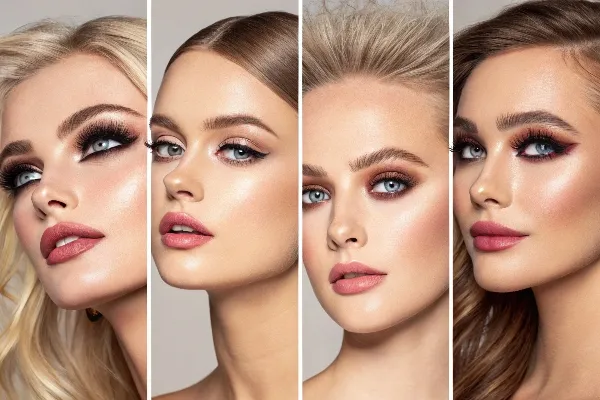
In my early days, I loved dramatic volumes. I thought bigger fans and bigger curls automatically meant better results. But many clients desire a subtle enhancement that blends seamlessly with their daily look. I realized that “natural” is not about minimal fullness but about choosing lengths, curls, and thickness that match each person’s features.
Technique
Curl Type
Material
Length and Thickness
Below is a quick overview of natural-looking choices:
| Factor | Best Natural Option | Key Benefit |
|---|---|---|
| Lash Style | Classic or Light Volume | Mimics real lash texture |
| Curl | C or CC Curl | Balanced look, not extreme |
| Length | 1-2mm longer than natural | Subtle improvement |
| Thickness | 0.10-0.12mm classics | Keeps weight low |
I once met a client who was worried that her new job in a corporate office would frown upon flashy makeup. We chose classic curls with medium-length extensions, only two millimeters longer than her actual lashes. The result was polished and professional. People noticed she looked more refreshed, but they couldn’t pinpoint why. That is the essence of a natural style. A gentle approach to thickness and length can highlight the eyes without screaming, “I have extensions!”
This is a question I hear daily. When clients see me flipping through lash trays labeled “C” and “D,” they wonder which is more intense.
D lash extensions have a stronger curve. C curl is more subtle, offering a soft, natural-looking lift, whereas D curl is visibly curled and more dramatic.
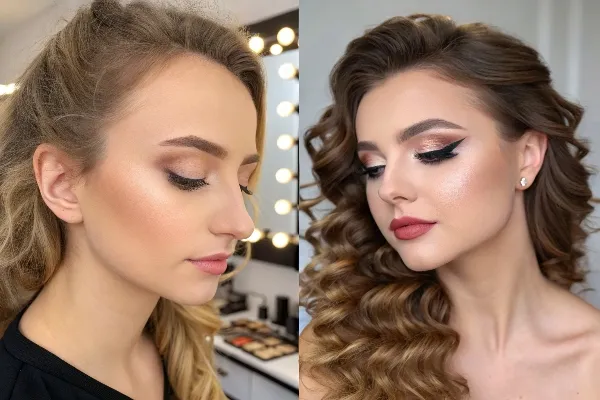
Curl choice can dramatically change how lash extensions frame the eyes. Choosing between C and D can be confusing if you’re new to lash extension terminology. In my early days, I used D curl on everyone because I thought bigger was better. Some clients loved it, while others felt it was too flashy. Over time, I learned to match the curl to the client’s natural lash angle, eye shape, and personal preference.
C Curl
D Curl
Here is a simple breakdown:
| Curl Type | Shape | Ideal Client |
|---|---|---|
| C Curl | Soft, subtle | Wants a natural look without heavy drama |
| D Curl | Deep, dramatic | Seeks maximum curl and a rounder lash effect |
Eye shape is another factor. Those with downward-facing natural lashes often benefit from D curl, as it lifts their lashes more. Clients who already have a slight natural curl might find D to be overpowering, so a C might blend better. I always hold a fan sample against the client’s lash line to illustrate the difference. That visual approach helps them pick the right curl. Some prefer a mixture of both: C on the inner corners for a gentle start, transitioning to D on the outer corners for that final pop.
My approach is to personalize lash sets. I learned that people’s personal style also matters. I once worked with a client who lived for glamorous makeup; she felt incomplete without bold, sweeping lashes. D curl gave her that mesmerizing doll-like effect. Another client wanted subtle sophistication for her day job, so we used C curl, which gently accentuated her eyes. Both were happy because the curl matched their lifestyles and comfort levels.
Long story short, applying lash extensions at home carries risk. A professional knows how to keep your natural lashes safe and prolong your lash set’s life.
Learning about proper application techniques can prevent damage and enhance the longevity of your lash extensions. ↩
Learn about the natural lash cycle to better understand how it impacts the longevity of your eyelash extensions and maintenance needs. ↩
Learn about C Curl and how it provides a gentle lift for a soft, natural appearance. ↩
Discover why mink or silk materials create a more realistic appearance for lash extensions. ↩